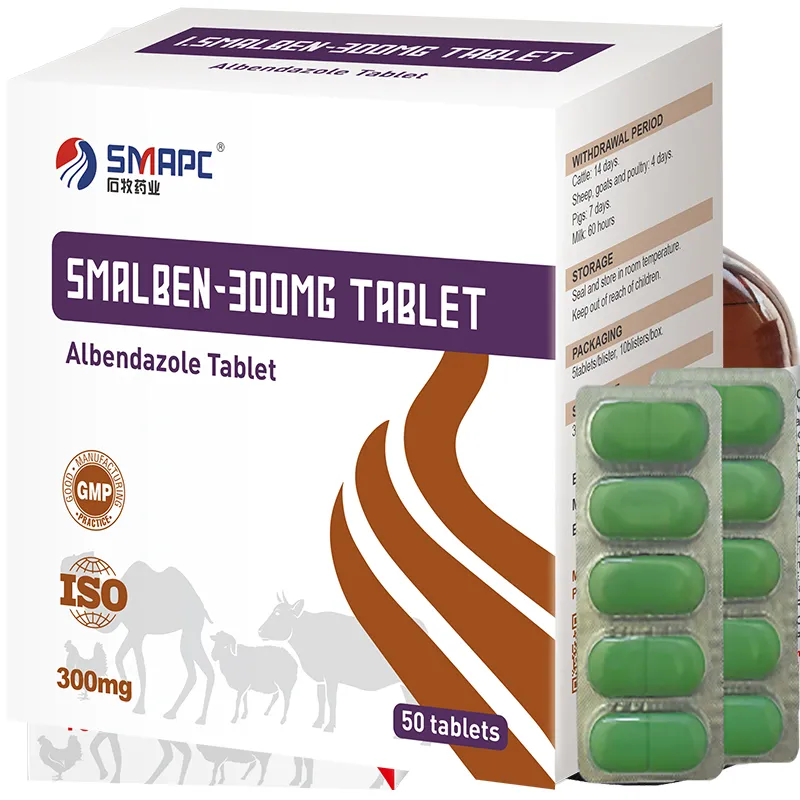Jul . 28, 2024 23:37 Back to list
Effective Treatments and Preventive Measures for Swine Flu in Today's Healthcare Landscape
Swine Flu Medicine Understanding Treatment and Prevention
Swine flu, caused by the H1N1 influenza virus, gained global attention during the 2009 pandemic. Since then, understanding and managing this virus has become crucial for public health authorities worldwide. This article explores the available treatments and preventive measures for swine flu, highlighting the importance of timely medical intervention.
The first line of defense against swine flu is antiviral medication. The two primary antiviral agents approved for treating H1N1 are Oseltamivir (commonly known as Tamiflu) and Zanamivir (Relenza). These medications are most effective when taken within the first two days of symptom onset. They work by inhibiting the neuraminidase enzyme, which is crucial for the virus's replication and spread within the respiratory tract. Early administration can significantly reduce the severity and duration of the illness, making timely diagnosis and prompt treatment essential for affected individuals.
Swine Flu Medicine Understanding Treatment and Prevention
Prevention remains a cornerstone of swine flu management. Vaccination is the most effective way to prevent infection. In response to the 2009 pandemic, health organizations developed a specific vaccine targeting the H1N1 virus. Annual flu vaccines are now formulated to include protection against H1N1, alongside other circulating strains. Health authorities recommend vaccination for high-risk groups, including pregnant women, healthcare workers, and individuals with chronic health issues.
swine flu medicine

Aside from vaccination, public health measures play a significant role in controlling the spread of swine flu. Good hygiene practices—such as regular handwashing, using hand sanitizers, and covering one’s mouth and nose when coughing or sneezing—are essential. Additionally, avoiding close contact with sick individuals and staying home when feeling unwell can help minimize transmission.
Education also plays a critical role in preventing swine flu outbreaks. Public awareness campaigns can inform people about the symptoms of swine flu, the importance of vaccination, and how to recognize when medical intervention is necessary. Schools and workplaces should promote policies that encourage sick individuals to remain at home to prevent spreading the virus.
Global health organizations continuously monitor and respond to swine flu outbreaks. Surveillance systems help detect virus activity, enabling timely responses to potential pandemics. Research into new antiviral medications and vaccines is ongoing, as scientists aim to enhance the effectiveness of existing treatments and develop new strategies for combating influenza viruses.
In conclusion, understanding swine flu and its treatment options is crucial for public health. Antiviral medications, supportive care, and preventive measures like vaccination play significant roles in managing the impact of H1N1. By promoting awareness and encouraging good hygiene practices, we can mitigate the effects of swine flu and enhance community health resilience. As we continue to navigate the challenges posed by influenza viruses, the lessons learned from past experiences will guide our future responses to emerging health threats.
-
Vital Solutions for Healthy and Productive SwineNewsJul.08,2025
-
Veterinary Powder Is VitalNewsJul.08,2025
-
Understanding Prescription Drugs for AnimalsNewsJul.08,2025
-
Understanding Poultry MedicineNewsJul.08,2025
-
The First Line of Defense in Animal HealthNewsJul.08,2025
-
Role of Veterinary Drug in Modern Animal HealthcareNewsJul.08,2025
Products categories







